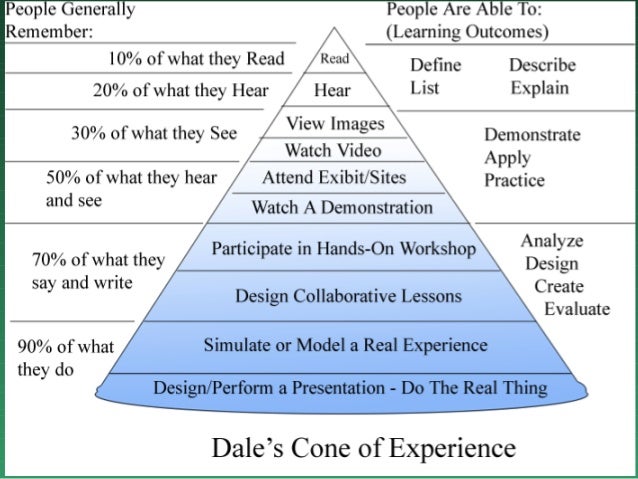As students, we have taken numerous courses with a plethora of different teachers. Each teacher has their own teaching style; a unique method to running their class. Many lecture the entirety of class, others hand out worksheets for partner-work, and some arrange labs for real-time experience.
However, our education system seems to be missing out on the fact that not all students learn in the same way. Some retain information best when they are working with their hands, while others can read the textbook and teach themselves the lesson.

There are numerous different learning styles which include:
- visual (spatial) learners – prefer learning with pictures and images; they excel with spatial concepts and tasks
- aural (auditory) learners – prefer using sound / music to grasp new concepts
- verbal (linguistic) learners – excel with words, both in speech and writing
- physical (kinesthetic) learners – engage most optimally when using their own bodies through hands-on activities or by touching / interacting with the subject of focus
- logical (mathematical) learners – tend to demonstrate a more mathematical style of learning, as they prefer logic and reasoning assignments
- social (interpersonal) learners – prefer to work with peers or in a group
- solitary (intrapersonal) learners – favor working alone or using self-study techniques
Due to the number of students and various different learning styles, our schools do not incorporate each learning style. Instead, the way the class is run is up to the teacher and their teaching style.
While this seems like a fair approach, it seems like our education is catered towards the success of only one group of students — the group of students whose preferred learning style is taught by the teacher.
Most teachers predominantly utilize the lecture teaching method. They compile a lesson of notes, and talk through the material for the entire class.
According to a study:

As seen in the cone, reading a textbook and listening to lectures don’t aid students in remembering what they learned — compared to other methods. Instead, practices like in-class activities and labs allow students to be more engaged and understand the concepts.
Unfortunately, a study done on universities in the United States and Canada, in 2018, shows that in 55% of classrooms, class time is spent on “conventional lecturing”. Another 27% of classes used lecturing and interactivity (like clicker questions), and only 18% of classes “emphasize[d] a student-centered style heavy on group work and discussions”.
Should our education system continue to work the way it has for decades, or is time for a change? A time to implement a larger focus on the students’ needs, rather than the teachers’ convenience.